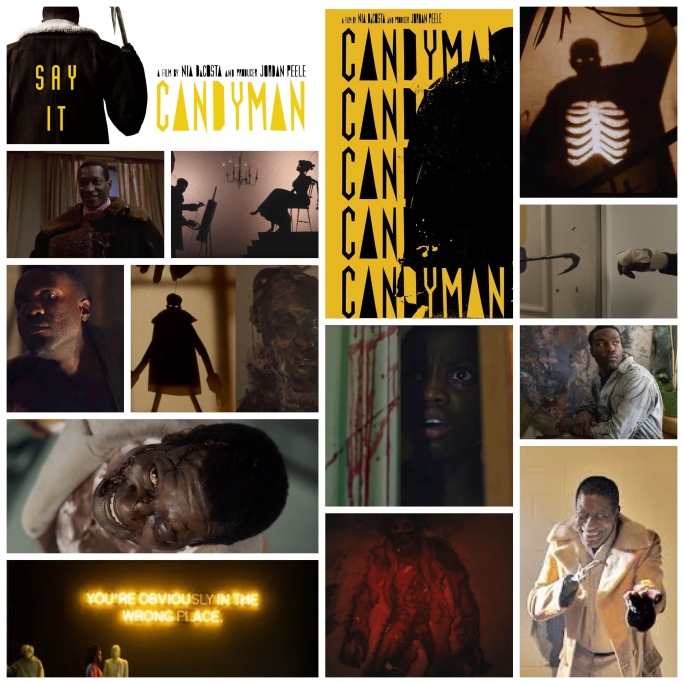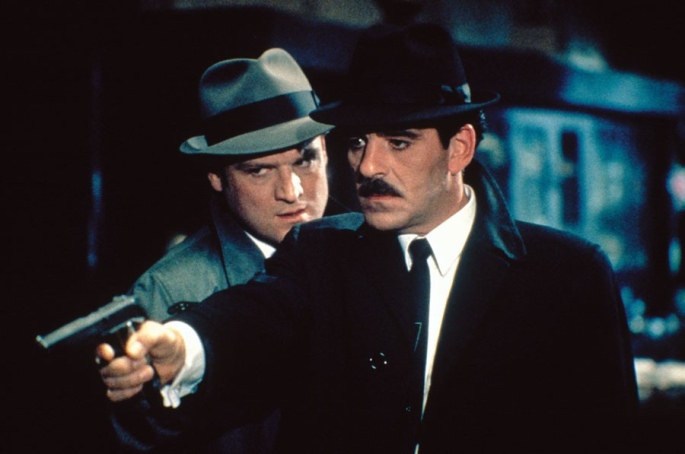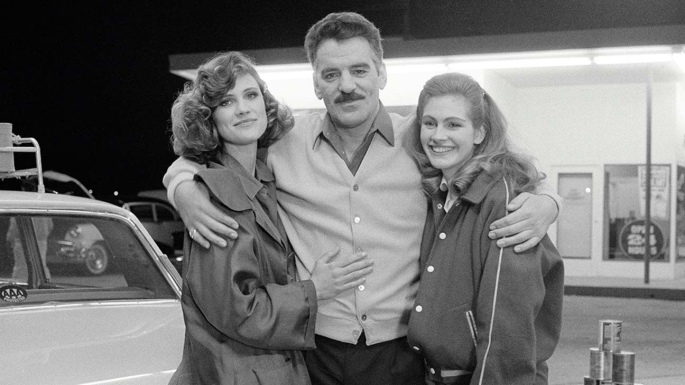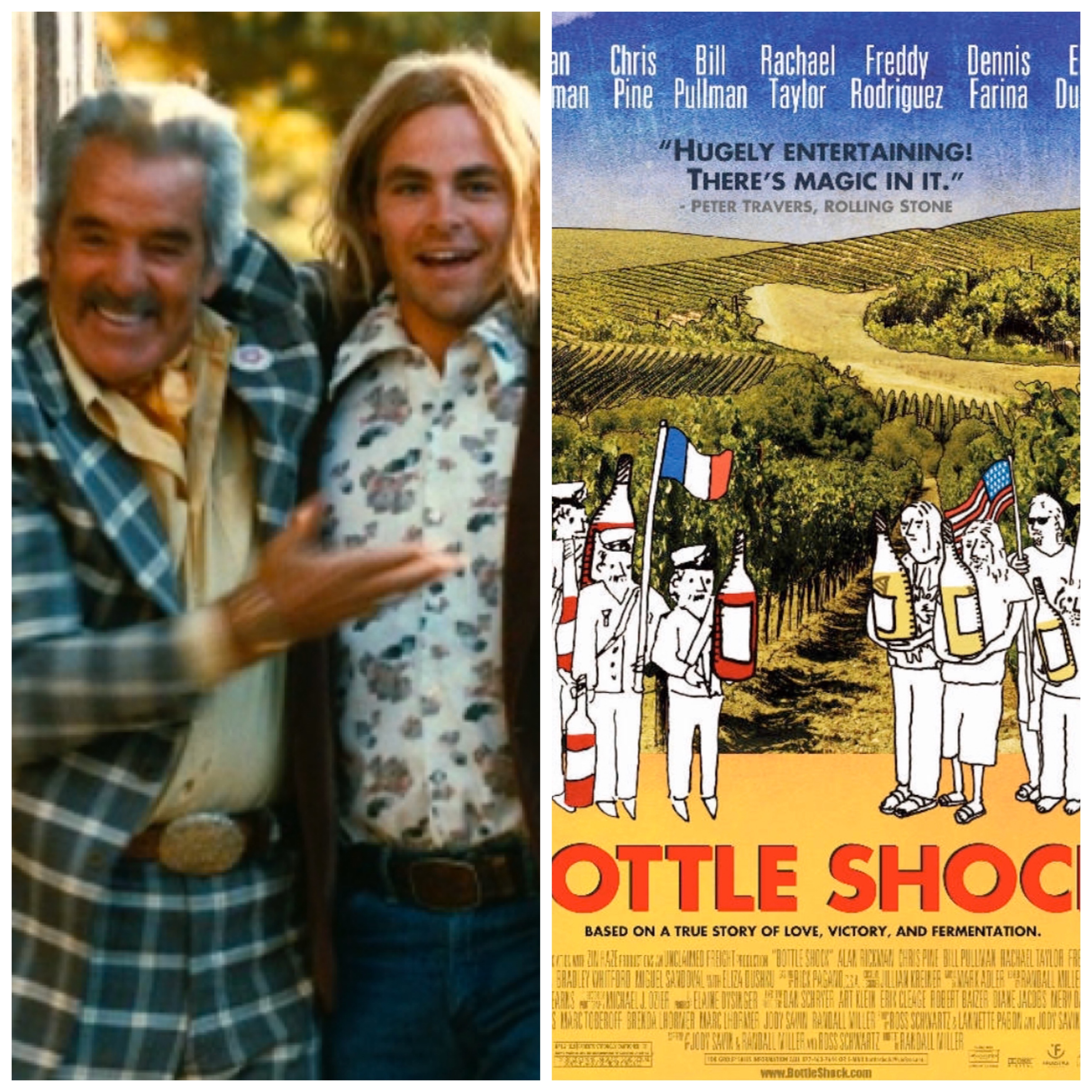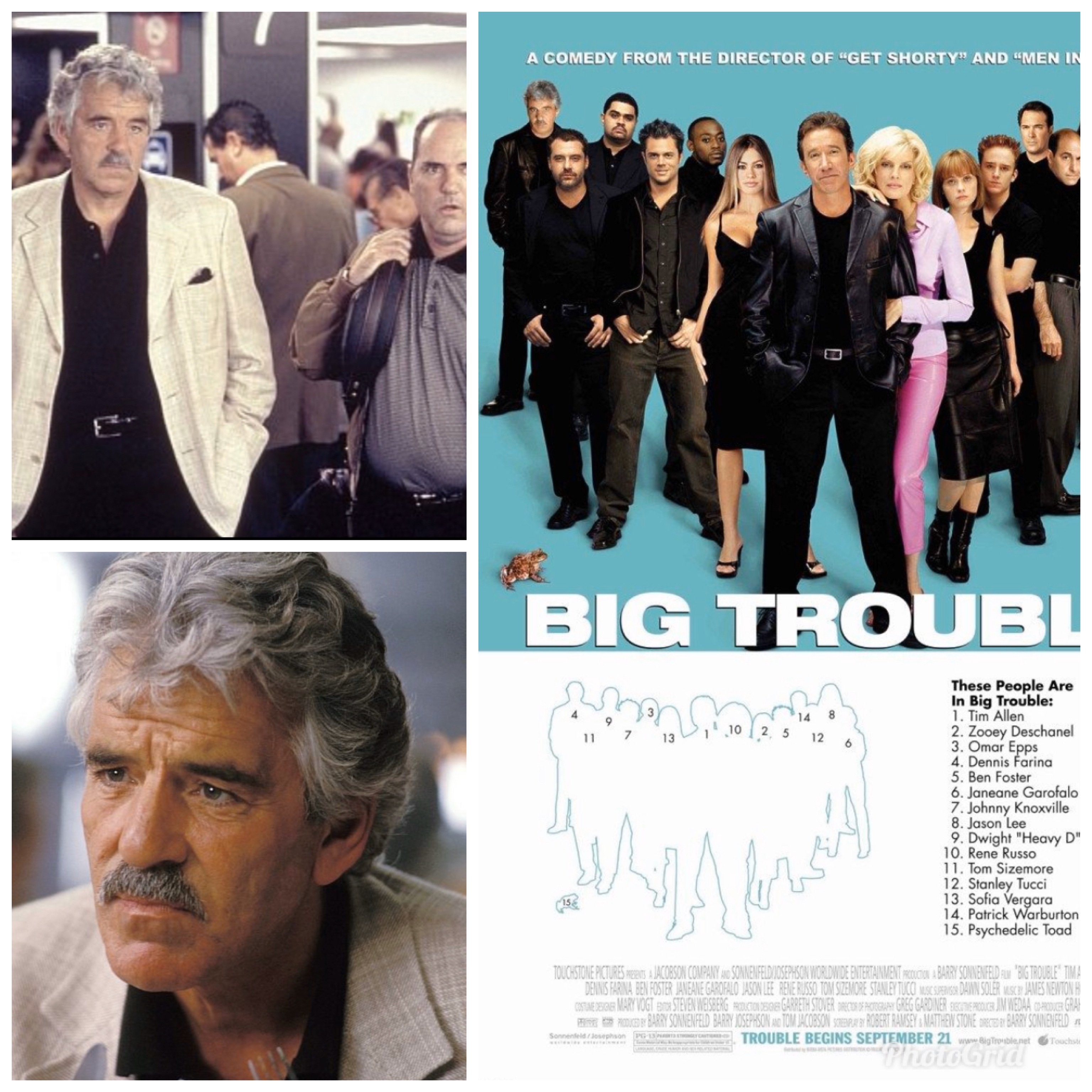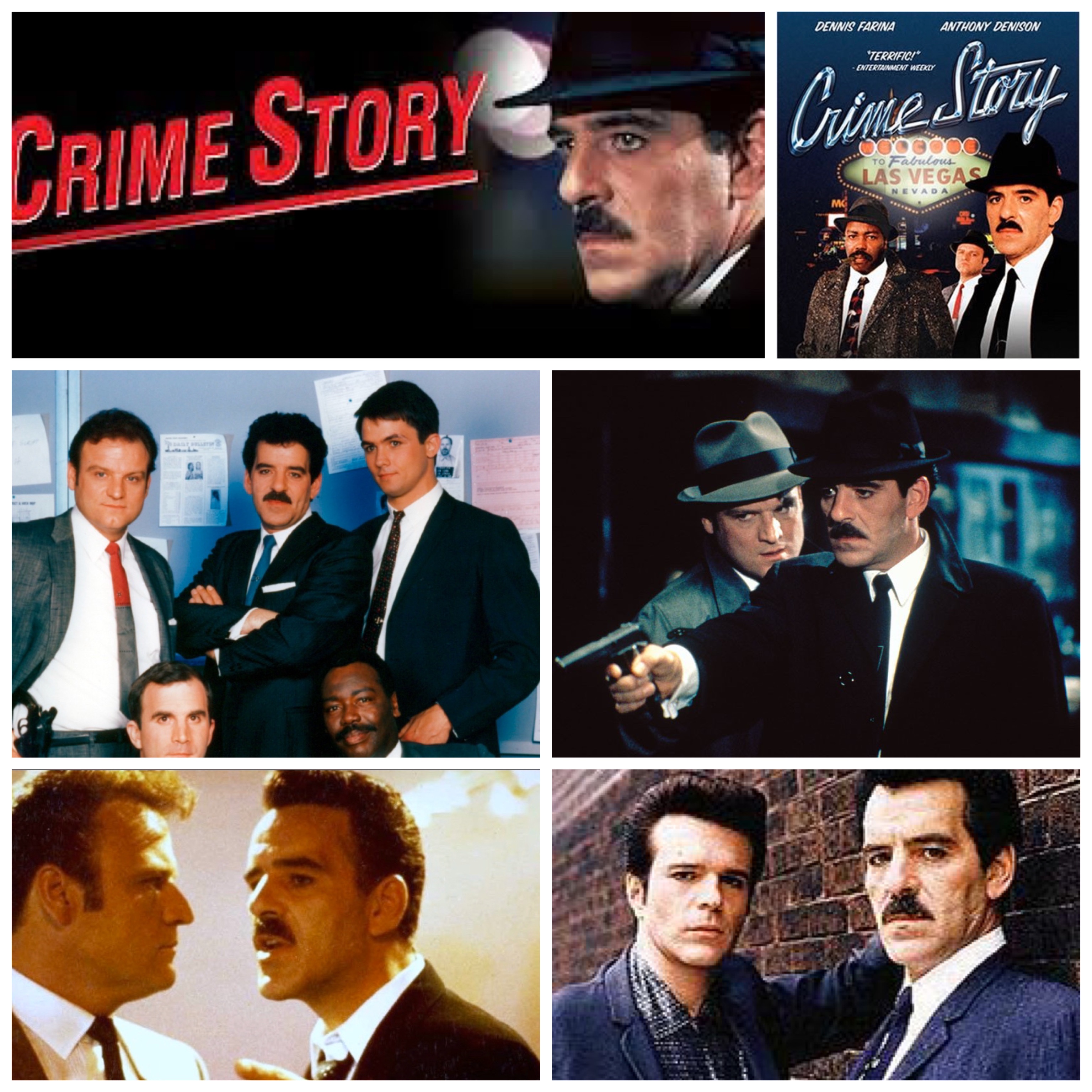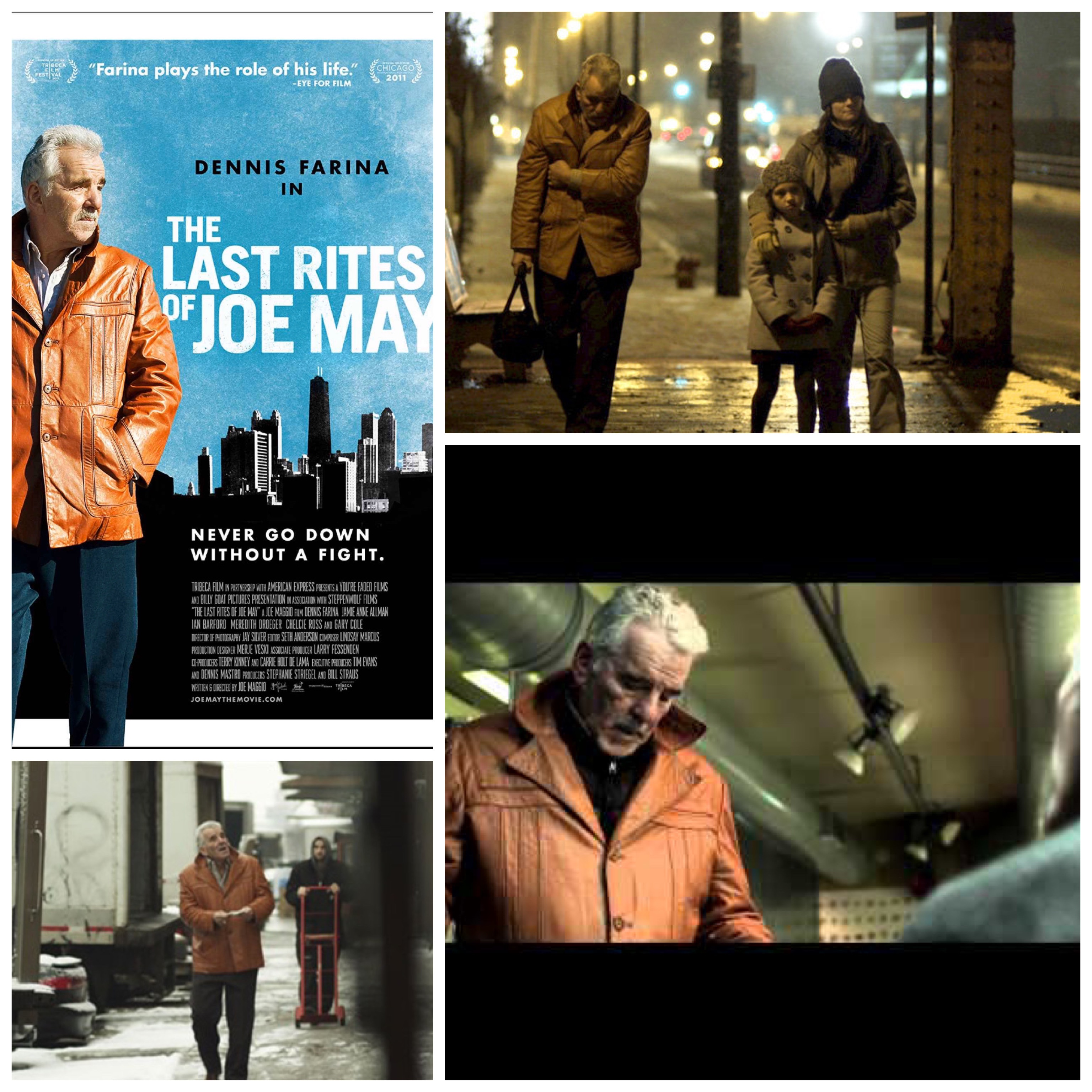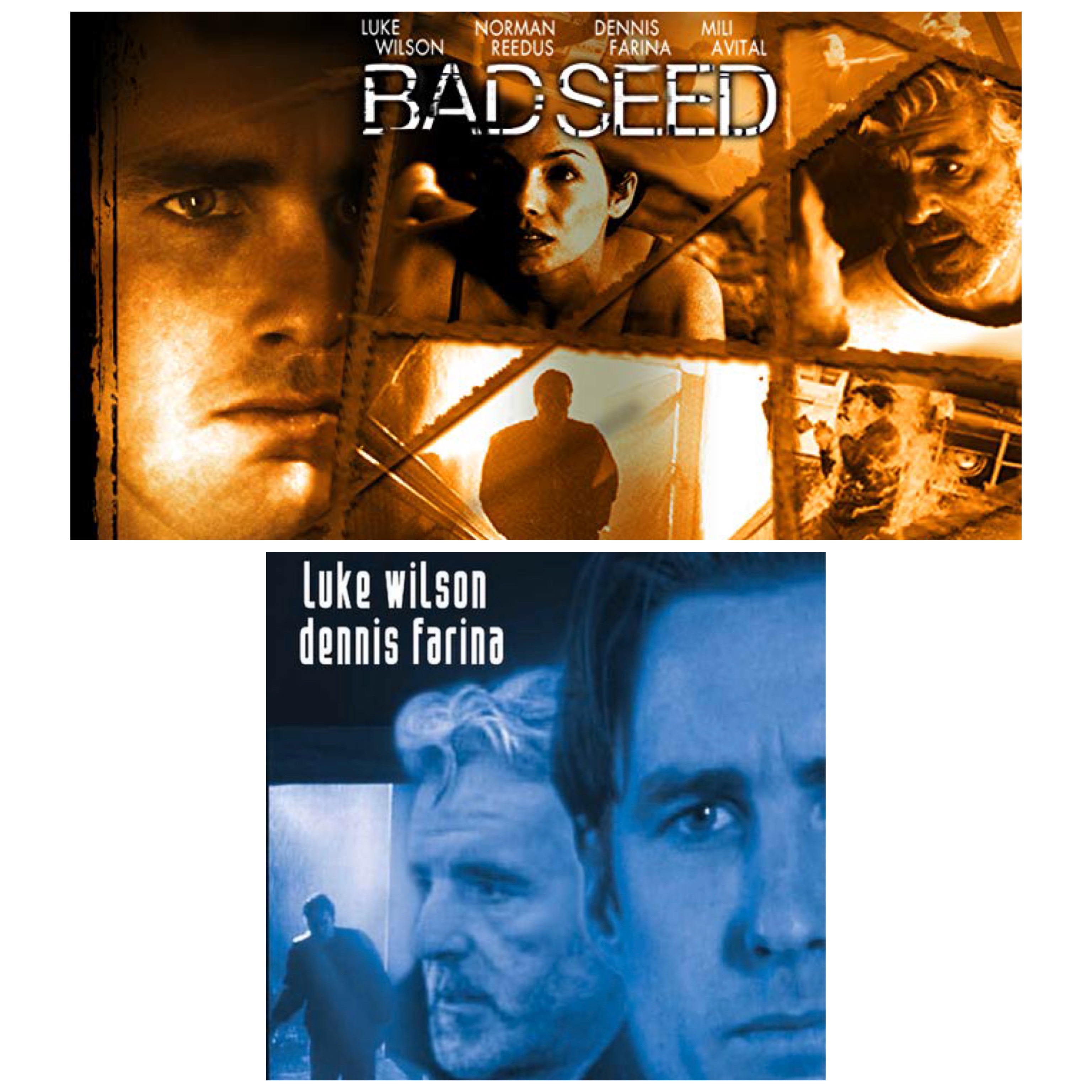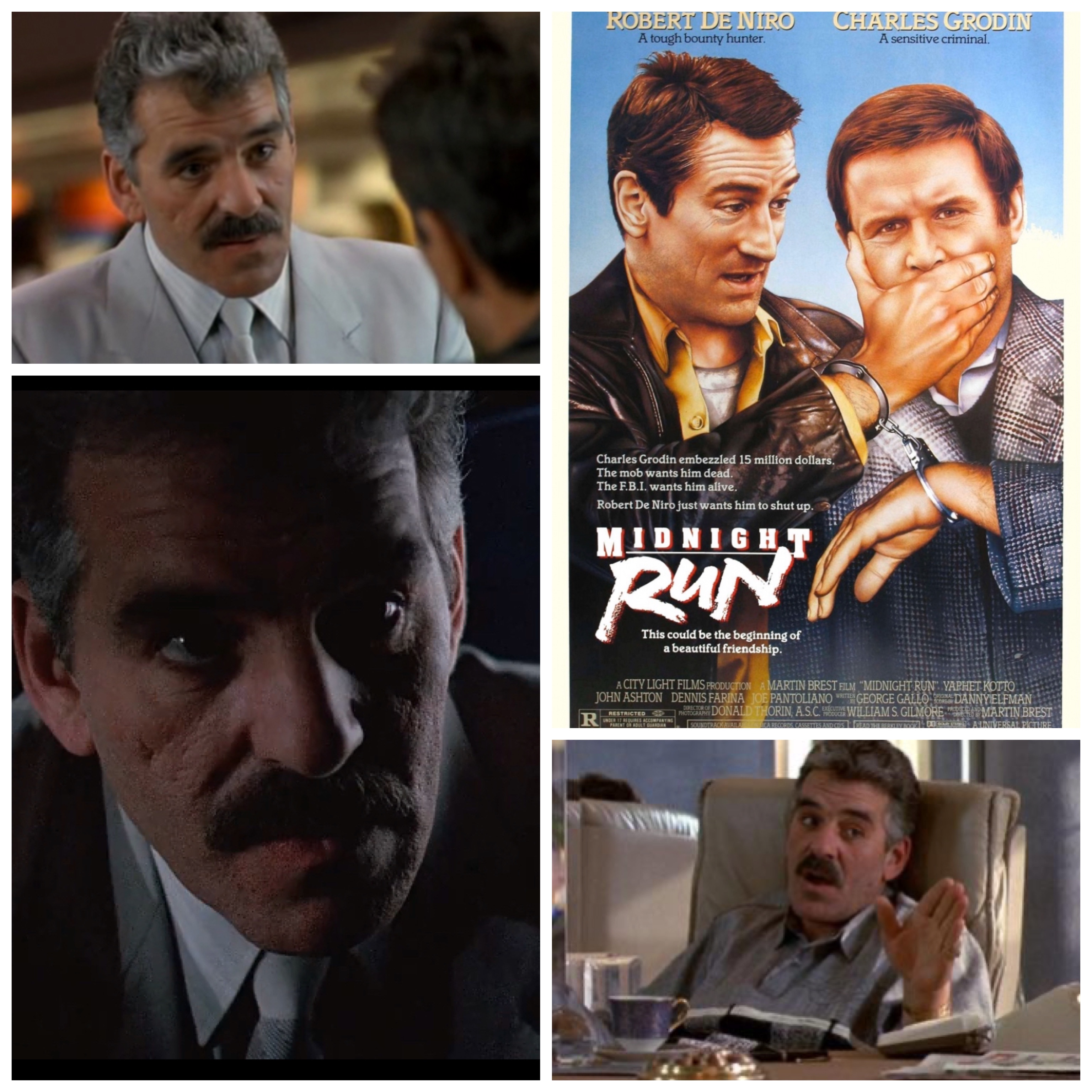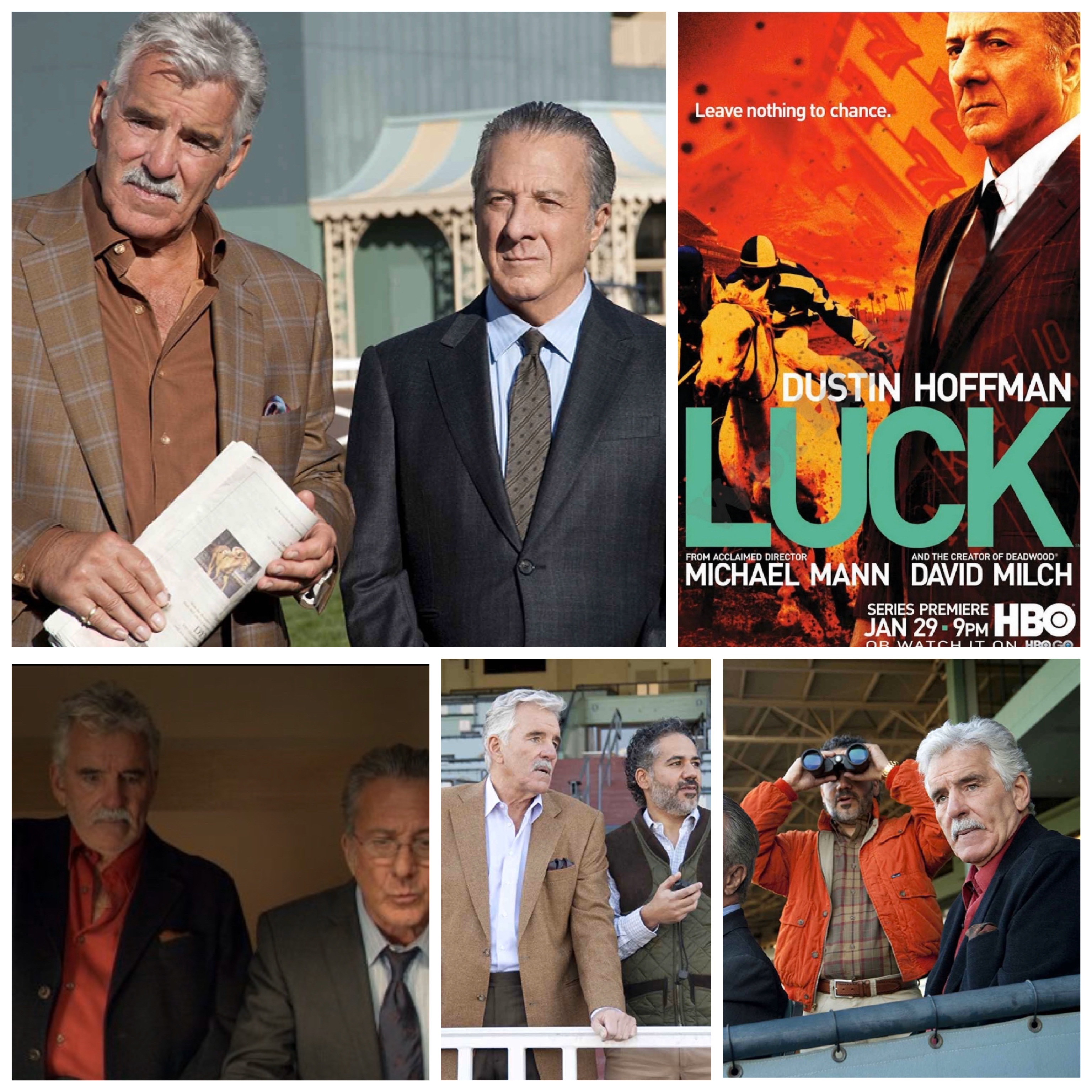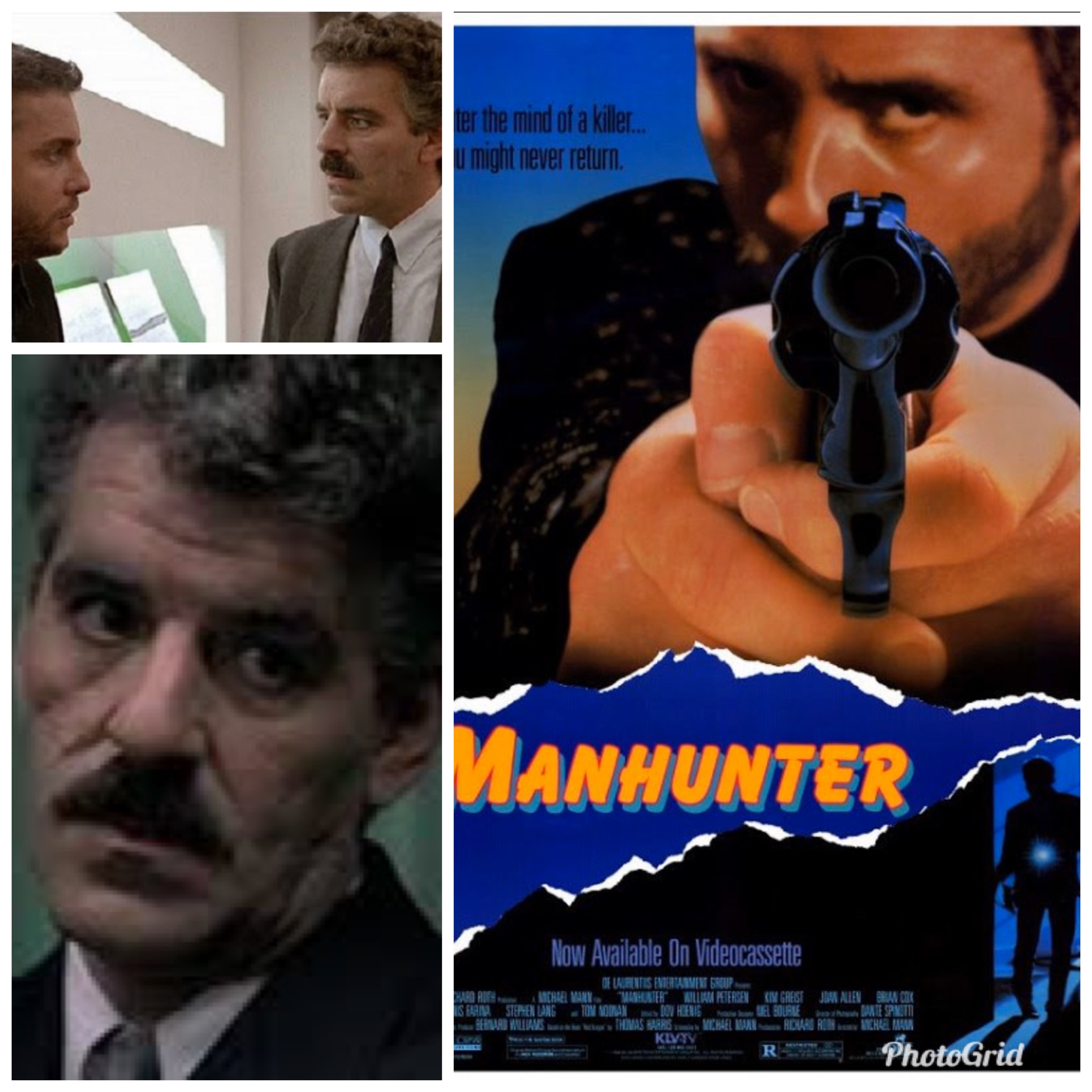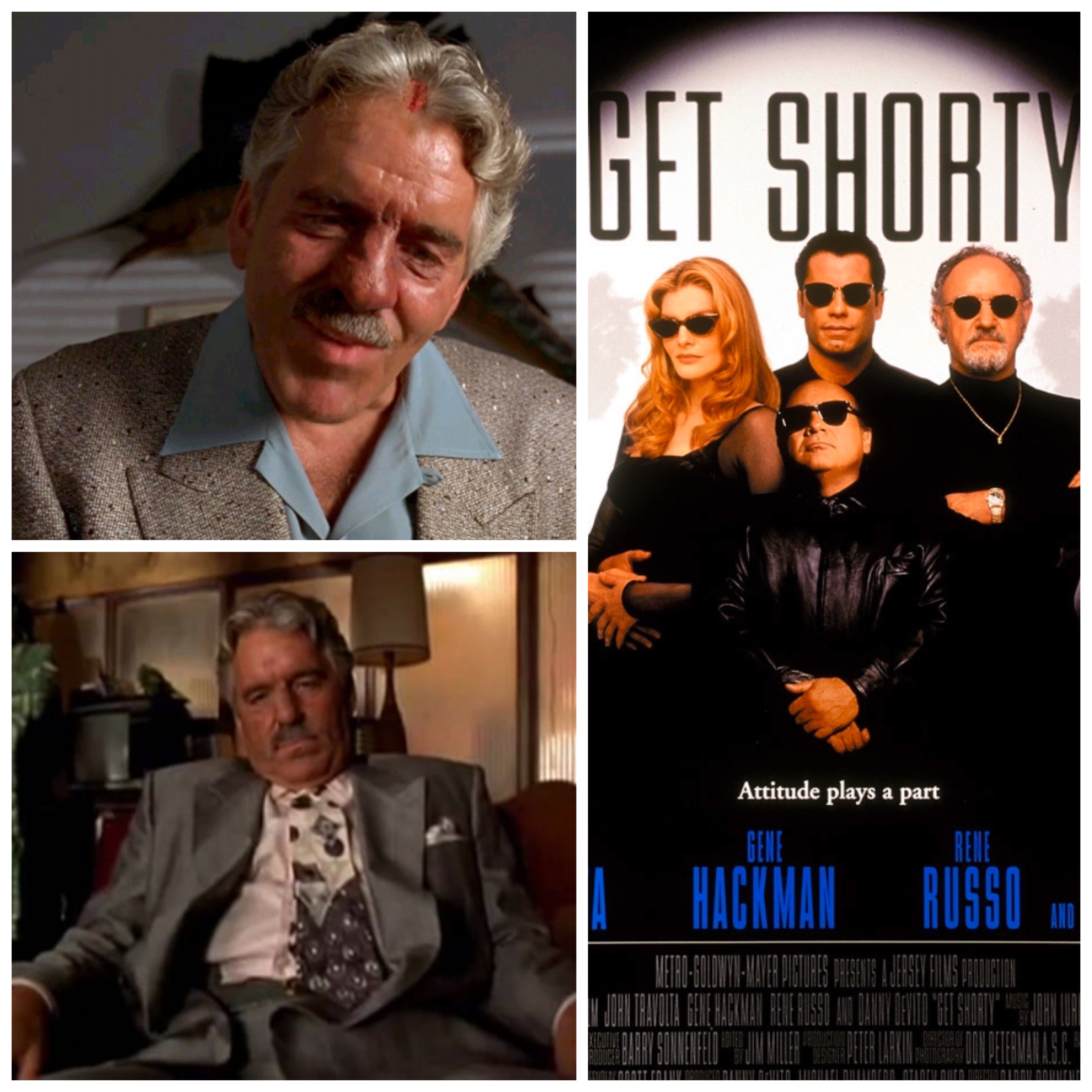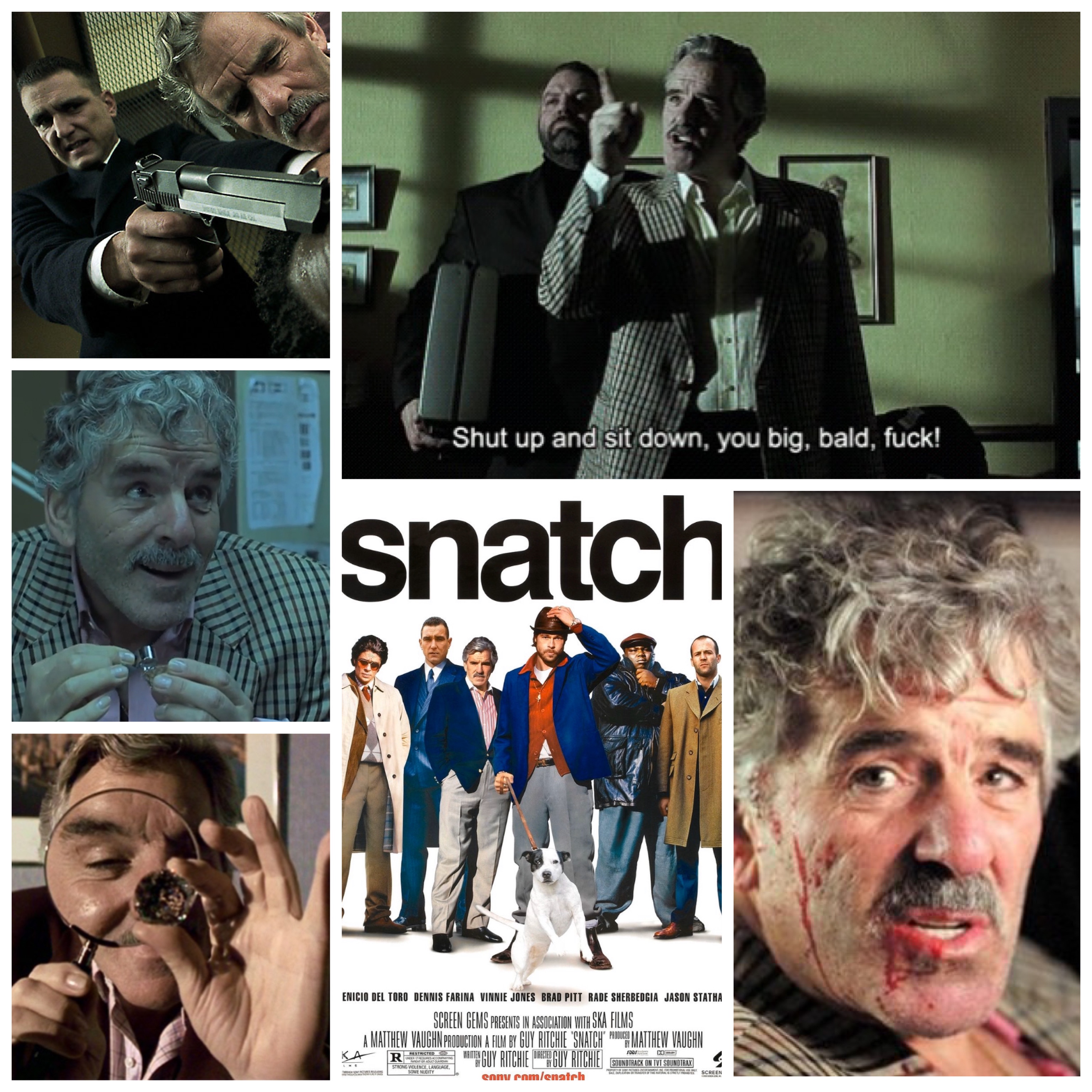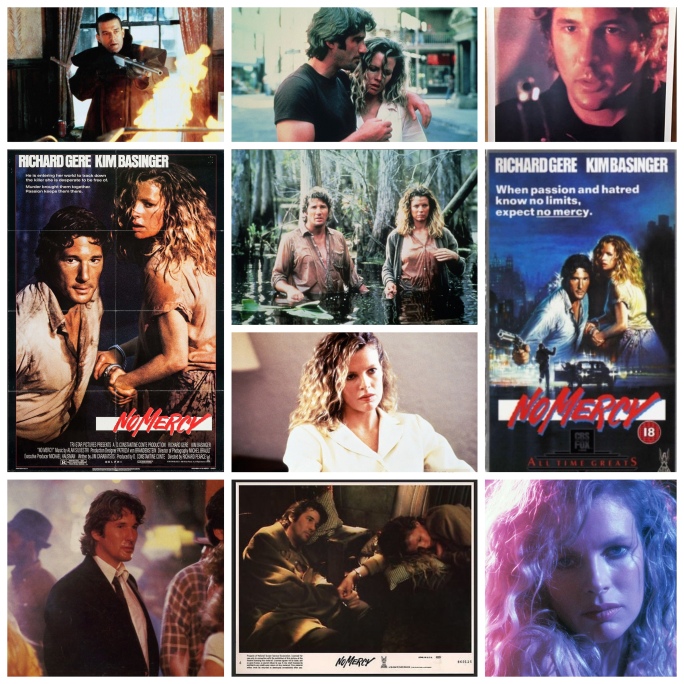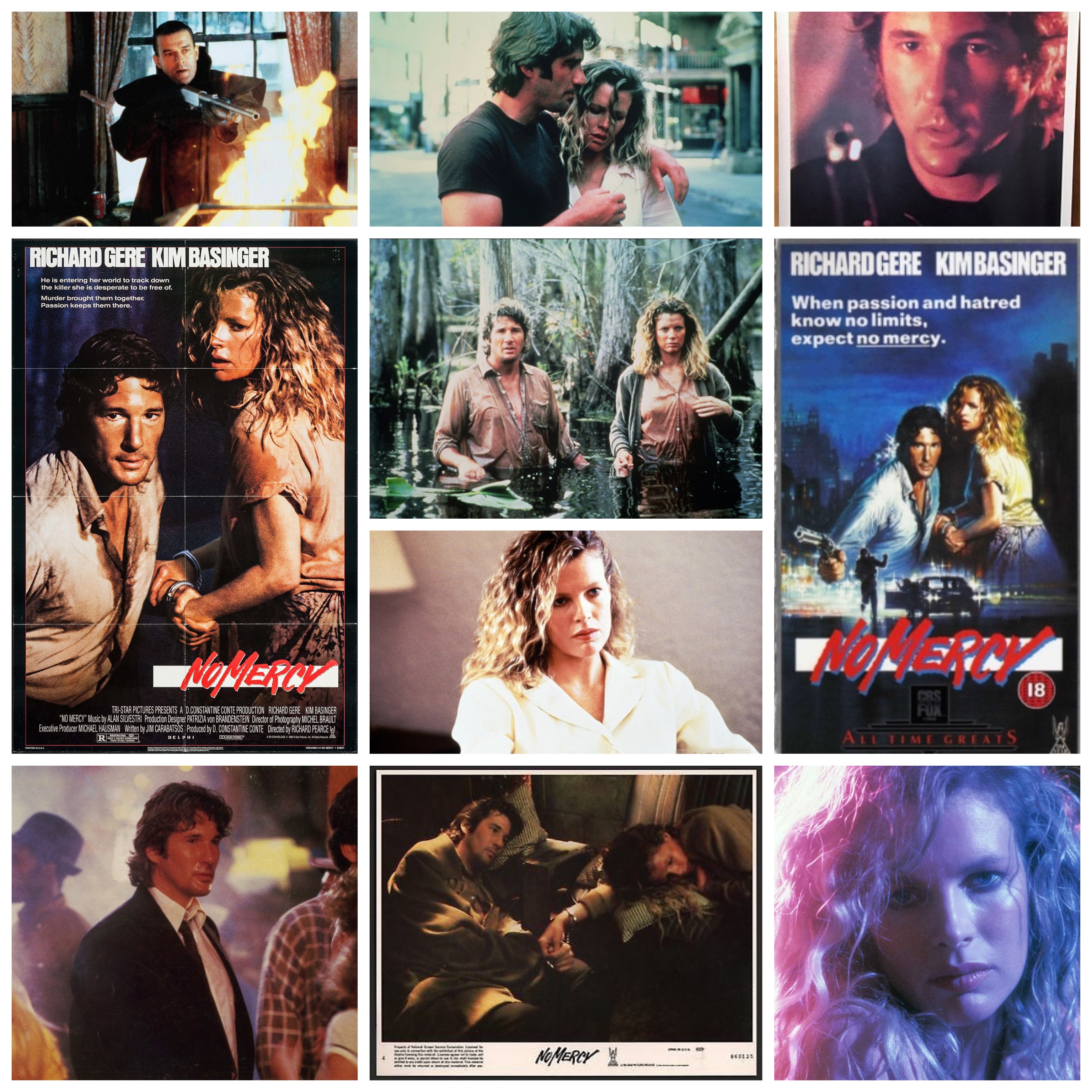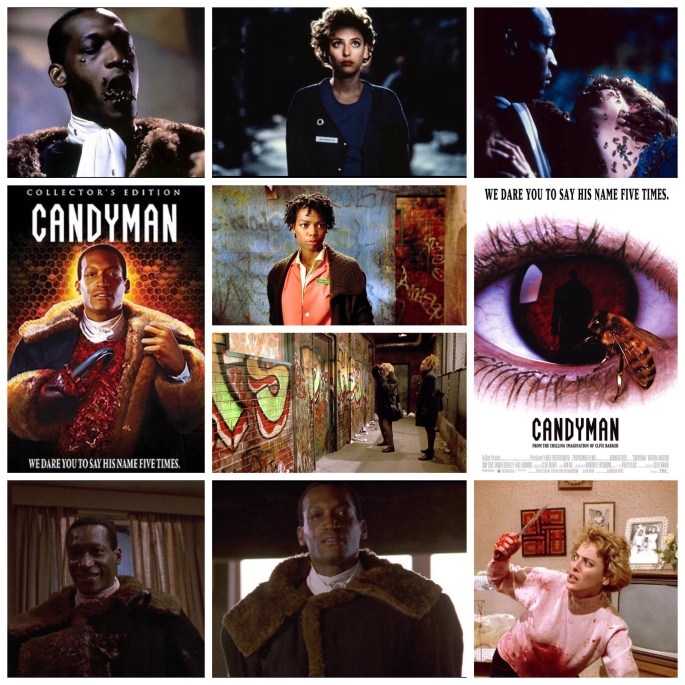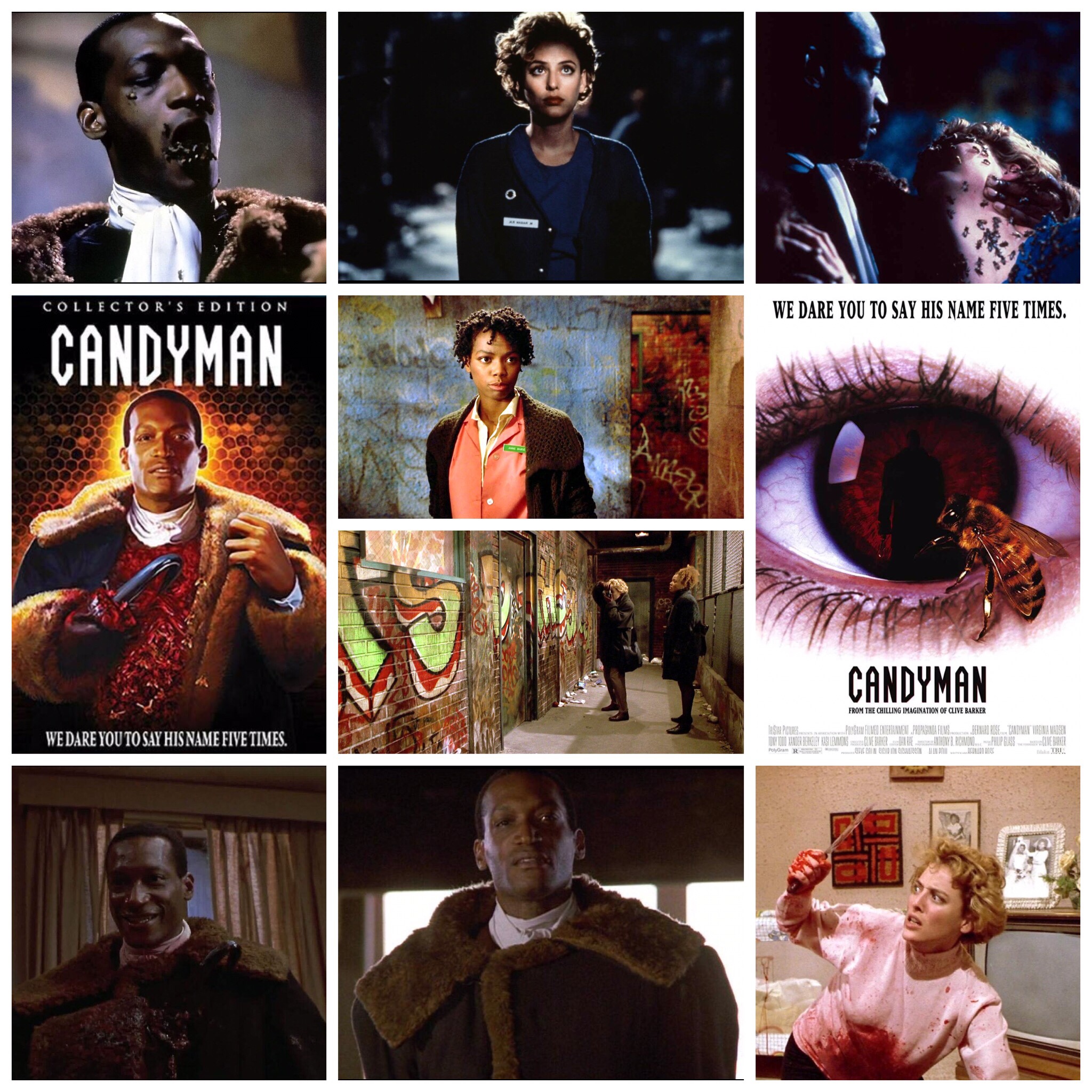In 1986, Michael Mann was having a hell of a year. The second season of Miami Vice had proven to be immensely popular, he stewarded Band of the Hand into the theaters as an executive producer, did the same for Manhunter as writer and director, and, finally, brought Crime Story to the airwaves, making him for one brief moment of time, the king of television.
Had Crime Story been half as successful as Miami Vice, there is little doubt that Michael Mann’s name and the show itself would have eclipsed Miami Vice in terms of the conversation as to what it contributed to pop culture. Where Miami Vice‘s influence was immediate and changed the entire look of America for a hot minute, Crime Story would have undoubtedly been on multiple critics’ lists regarding the greatest network television shows of all time for its sophisticated storytelling, stellar period soundtrack, and its impeccably gorgeous production design. Alas, what can only be deduced as network interference spoiled the soup and caused Crime Story to remain only as the foundation of a brilliant show that went horribly wrong, the seeds of which nonetheless scattered far and wide and brought forth amazing fruit.
Inspired by Rainer Werner Fassbinder’s astonishing Berlin Alexanderplatz, itself a multi-part German television series shown theatrically in New York City in 1980, Crime Story was to be a less episodic television series than Miami Vice and, instead, one that told, in serialized format, one continuous narrative of the obsessive cat-and-mouse game between Chicago Detective Mike Torello (Dennis Farina) and arch-criminal Ray Luca (Anthony Denison) that would span five seasons and cover the years 1963 through 1980. What Mann ended up with was more like Eight Hours Don’t Make a Day, the Fassbinder series that was initially scheduled to run in eight episodes but was canceled after only five, ending the series on, for Fassbinder, an uncharacteristically happy note JUST before it got to take its planned darker turn. Crime Story’s aborted ending after just two seasons doesn’t do that, exactly; but, if you cock your head and squint just right, the end of the show does makes a certain amount of sense and create a small amount of satisfaction if looked through the prism of the universe of Michael Mann.
But before we get to the ending, we have to talk about the beginning and, man, what a glorious inception Crime Story had. Jumping off with an explosive, two-hour feature pilot, directed by Abel Ferrara, Crime Story chronicles the rise of Ray Luca, small-time Chicago criminal. Moving up through the ranks with the help of boss Phil Bartoli (Jon Polito), numbers runner Max Goldman (Andrew Dice Clay), cat burglar Frank Holman (Ted Levine), dim witted henchman Pauli Taglia (John Santucci), and crime lord Manny Weisbord (Joseph Wiseman), Luca is chased from one end of Chicago to Las Vegas and, ultimately, the end of the earth by Lieutenant Michael Torello and his gang of coppers; Nate Grossman (Steve Ryan), Danny Krychek (Bill Smitrovich), Walter Clemons (Paul Butler), and young blood Joey Indelli (Bill Campbell). Working both sides of the fence at different points in the show is Stephen Lang’s David Abrams, mob boss son on a crusade against injustice and crime.
Crime Story was created by Chuck Adamson and Gustave Reininger and, indeed, is based off of true crime events that were massaged and fictionalized. A soft bridge between the cinematic, operatic opulence of The Godfather and the gritty, granular details of Goodfellas and Casino, Crime Story’s biggest progeny is likely The Sopranos which had the benefit of coming after Scorsese’s at-bat and was able to launch off the familiar popularity of Goodfellas in the same way that Happy Days was able to cloak itself in American Graffiti clothes. But, in 1986, Crime Story was well ahead of the curve by attempting what Mann described as a 20 hour movie that snaked its way through the annals American history via the exploits of its two leads.
So, yes, that is, indeed, the outline of the plot of Casino you’re seeing (except with Andrew Dice Clay in the Robert De Niro part) deep into season one yet nine years before the Scorsese film hit the theaters. In fact, you’re likely to see a plot element or casting decision or three that will likely remind you of things you’ve seen before and, yes, you’re probably right in deducing that they’re familiar. For Crime Story was the Velvet Underground of television shows; nobody watched it but those that did created their own piece of organized crime entertainment that became wildly popular. This is likely due that the raw material assembled for Crime Story, interviews Reininger conducted with actual mob figures, made up so much of the material that was used in the mob genre in the wake of Goodfellas and Wise Guy, the 1986 Nicholas Pileggi book from which Goodfellas was adapted.
Unfortunately, after the show made a ballsy and epic shift from Chicago to Las Vegas halfway through its first season, something seemed to go terribly wrong in the second season. The show’s pace seemed to quicken and format seemed to become more conventional. What was a single-threaded chase for Ray Luca became stagnated in the Las Vegas desert while the antagonist and his exploits were pushed to the background and rinky-dink, Mickey Mouse investigations found their way onto Torello’s desk. This mimicked the way Miami Vice did business but Crime Story could ill-afford to monkey with its special formula and when chasing Ray Luca becomes secondary for a saggy spell, the show becomes far less compelling and at its worst, it feels like a routine cop show in a fun period getup. Perhaps this was a way to help bring new viewers on board at random which would be next to impossible as the show was envisioned. Hell, in the 44 episodes that make up Crime Story, there are at least three clip shows designed to square-up the audience that HAD been paying attention. And, given the way networks and television shows work, I can’t say that I entirely blame NBC. But it was a devil’s gambit; a bid for an audience that didn’t show up which ended up costing the show its greater reputation.
The other issue with making Crime Story less of a two-hander about Torello v. Luca and more one about Torello and His Flying Sack of Maniacs is that the latter approach is rote and most definitely NOT Michael Mann territory. For whatever lofty heights the first season reached, Crime Story winds up being the lesser between itself and Miami Vice mostly because either one of two things have to occur in Mann’s work; either you have the cop chasing the criminal who is just the mirror image of himself -or- the cop and the criminal are almost so intertwined that they’re basically the same person. This may seem like a distinction without much of a difference but this is also how Miami Vice could stay true to itself in almost every episode and not get out of the scope of Mann’s overall thesis. Without Ray Luca’s constant yang to Torello’s Yin, Crime Story becomes inert and uninspired although I will admit that “Blast From the Past,” the second season episode in which Torello hunts for the kidnappers of his ex-wife’s current husband, remains one of my favorite episodes of the entire show due to its uncommon emotional depth.
There does seem to be a point in which all of the historical tchotchke that riddles the central story of Crime Story eventually became too heavy for Mann and the networks which is why the last three episodes of the second season seem to jettison their historical skin and literally look like a three part Miami Vice arc in which Crockett and Tubbs find themselves in a high level of jeopardy in an unfriendly and unstable South American country. But say whatever you will about those episodes in which the show begins to (almost jarringly) expand into territory Mann would later touch with his stewardship of 1990’s Drug Wars: The Camarena Story, itself a prototype for Steven Soderbergh’s Traffic, it regains the core vision of the series where obsessed men strip themselves down to their most base and animalistic to hunt and destroy each other which, honestly, is what really drives Michael Mann’s best work. In fact, if you took away all of the period detail in Crime Story, you’d basically have the soul of his next feature, the 1989 made-for-television film, L.A. Takedown, which would find more important life six years later when Mann remade it as Heat. This is also why Crime Story’s second season’s cliffhanger ending, seen as tragically disappointing because of the show’s cancellation, is one that could also be easily seen as the most logical ending of all of Mann’s works. For if Torello’s season one threat to Luca of “I’m going to take you down right” is to be taken literally, there is really no other way for things to end outside them killing each other. So its probably best for everyone involved that they all perish when that plane hits the water lest Dennis Farina survive end up like poor Al Pacino or James Caan at the endings of Heat and Thief, respectively; a broken soul left to wander the earth alone, pouring over his miserable past with nothing especially to look forward to.
It’s something of a disappointment that Crime Story never became what it was inspired to be. Dennis Farina gives a tremendous, physical performance which looks like he hurt a few stuntmen and day players and it is a complete joy to watch him throw people through candy glass and slam their heads a little too forcefully into the props even when the show goes off the rails. Anthony Denison should have been a bigger star away from television and got done completely dirty when the second season ate his character away into being just a tiny bit more than supporting cast member. Andrew Dice Clay is surprisingly at ease and amazing which makes me wish that the show would have helped him pursue bigger and better acting roles which was a better vocation for him than what he became. And, man, Joseph Wiseman really gets to sink his teeth into a role that apparently contractually allowed him to eat every shred of scenery he wanted to when he was on screen. In the annals of Wiseman’s villainy, I’m generally more gripped and terrified when he’s lecturing someone in Crime Story than when he’s talking world domination with James Bond as the titular character in Dr. No.
And it’s probably not for nothing that contributing to the show’s inability to rise above a mere cult curiosity is the way it’s been treated since its broadcast. Due to Universal’s balking at picking up the show due to its tremendous price tag when they were already paying over $1 million per episode of Miami Vice, Crime Story was taken in by the television department over at New World Pictures, one-time Roger Corman outfit that had decided to go straight in the mid-80’s. To say that Universal was a better custodian of its intellectual property than New World is a vast underselling of the situation because Miami Vice has done nothing but lived on in syndicated reruns with little or no problem in terms of physical media or otherwise in allowing the consumers to watch the full, unedited show with as brilliant a picture as humanly possible. Not so with Crime Story. First released onto VHS in the subpar SLP mode (always a then-sign of trash quality), the show never fared any better when it made the jump to DVD. Now collected into one nine-disc DVD set by Image Entertainment, Crime Story is a disgraceful presentation of compressed, dark, and muddy images with sloppy and obvious soundalike cues sprinkled about where musical clearances were not obtained. To add insult to injury, the second season is presented without preservation to the original broadcast order necessitating one to consult IMDB to ensure they’re on the right track. This is a show that simply screams to be restored and if it were given better treatment, the show’s obvious shortcomings in the second season wouldn’t land as particularly hard as they do. For no matter how stupid Miami Vice got in its fourth season, Mill Creek made Crockett and Tubbs pursuing a tank of bull semen look absolutely and achingly beautiful. And if you think you’re going to get around these things by watching whatever app reflects as having this as a streaming option, you won’t as they’re using the same transfers.
Crime Story remains one hell of a show, regardless of its ignoble end. One could watch nothing more than the first season and think that Michael Mann had delivered one of the greatest things in all of network television. Alas, the second season came with a price tag that brought it down to earth. As the 1980’s were coming to a close Mann was finding the world of television to be just as frustrating as what he had experienced with The Keep and Manhunter. But he still had a couple of other small-screen projects standing between him and his big-screen reboot and they’d be ones in which he’d further shape his thematic ideas of good guys and bad guys living amid cultural, urban, and emotional wastelands.
(C) Copyright 2021, Patrick Crain

